A fairy is a mythical being often described as a sort of spirit. Fairies are generally represented as humans in appearance with magical abilities, and it is said they would apply their magic to disguise themselves.
In the past, several animals were believed to be fairies. Still, the most of people, today, use the word fairy to describe only the winged creature harmless and impalpable . People often referred to them as little graceful folkloristic community, or peace community.
However, the term fairy offers many definitions. Long time ago the terms fairy was used to describe any magical creature, including goblins or gnomes. The origins of the fairies aren't very clear in folk. They have been classified as so many things. The folk have also suggested that their beginnings was originated from religious beliefs who have lost credibility with the arrival of Christianity.
Subsequently, the fairies appeared as characters in the stories of medieval chivalric tales, Victorian fairy tales and modern literature. Even if in the literature of today they are pictured like young tiny Humanoids with wings, in the past have been depicted benevolently in a different way: tall, angelic beings or small shriveled gnomes were some of the most common descriptions. Fairy's wings were not common, and indeed many little fairies flew on stems of flowers or on the back of birds using the magic. In fact, fairy wings have become popular only in the Victorian era.
A lot of the fairy folklore revolves around protection from their mischief and malice. At one time, people regarded fairies as evil beings and were really afraid of them. They didn't want to offend the dark fairies for fear of reprisals, so they would go out of their way to avoid a confrontation.
But those who love the fairies don't have to be worried, the question about the essential nature of the fairies is still subject of discussion. It has been subject of legends and scholarly publications for centuries.
"I believe in everything until it was disproved. So I believe in fairies, myths, dragons. There is everything, even if it's just in your mind. Who says that dreams and nightmares are not real like the here and now? "
~ John Lennon
In a time when people thought that they could really meet fairies, it was generally accepted that these dark fairies were malicious and often dangerous. Tangling the hair of a sleeper, stealing small items, or bring a traveler on the wrong road, were considered harmless pranks. However, they were also charged with deadly conduct.
Consumption (tuberculosis) was considered to be a fault of the fairies. They forced boys and girls dancing every night, which made them tired for lack of sleep. Mysterious diseases of domestic animals were caused by dancing fairies.
In other legends, the dark fate liked to abduct humans. Both young men and women, or children, by swapping places and left. Ugly kids are fairy babies they are left in place where they have stolen human children. Even the older subjects might be kidnapped.
Any woman who had given birth without a special rite of the Church was believed to be in danger. A sudden death might be a fairy kidnapping, with the apparently dead body having been replaced with a wooden body that resembled the person kidnapped. A common warning was to not eat the food of the fairies if you were kidnapped. It was thought that serve to trap the prisoners of the fairies of darkness forever.
As a result, the practical considerations of oscure fairies was an advice on how to avoid them. The most fascinating and effective protections were cold iron, wearing clothes inside and outside, running water, in particular bells (bells of the Church), St. John's wort, and four-leaf clovers. In Rowan, some trees , are sacred to the fairies, and in other stories is a protection against them. In Newfoundland, the most popular protection from dark fairy is bread. The bread is connected with home, industry, and domestic nature. This is why many believed that the bread was frowned upon by some types of fairies. Contradictorily, the baked bread is a traditional offering to the people of the fairies in Celtic folklore.
There are many ambiguous tales in folklore of fairies. Bells of protection against dark fairies, but a fairy riding often has bells on harness. Of course this may be why the fate of the Seelie Court, use them to protect themselves from the fate of the Unseelie court. Some traditions say that the cockcrow away dark fairies, but other stories tell that certain types of fairies raised domestic poultry.
Another hint: do not follow a will-o'-the-wisp (a pale light that you see at night on a marshland). The dark fairy takes you on the wrong road. Avoid shelters and travel routes of the fairies. Do not dig into the hills. Fairy forts (remnants of circular dwellings) should be left undisturbed. If a person trim the bushes around the fairies' forts it could be killed from dark fairies. People who have seen the fairies have told you not to look at them closely. Dark fairies resent that it violated their privacy.
If you don't understand how a mill work, Scottish communities were often superstitious belief that Miller must work with the fairies. No one has ever gone to the mill at night, because everyone knew that the fairies brought their grain to be ground after dark. A clever Miller doesn't contradic all this not so she could sleep without worrying that he wouldn't have been robbed.
Home owners knocked the corners of their home because the angle locked meant a trajectory of the fairy. Some houses were built with aligned front and rear doors, so they could be left them opened overnight and dark fairies can pass through. Only one fairy tree was left in Scotland, in prevention, although the road has been widened in seventy years.
It was also the belief that a person could evoke a particular fairy if he knew his name. This might insult the dark fairy, or may grant the powers and gifts to those who have relied on. But one had to be careful, the Fairy gold was unreliable. It looked like gold when it was poured, but later turned into leaves, broom flowers, cakes, gingerbread or an assortment of other worthless stuff.
Versione Italiana: http://inovemondi.forumfree.it/?t=66091142
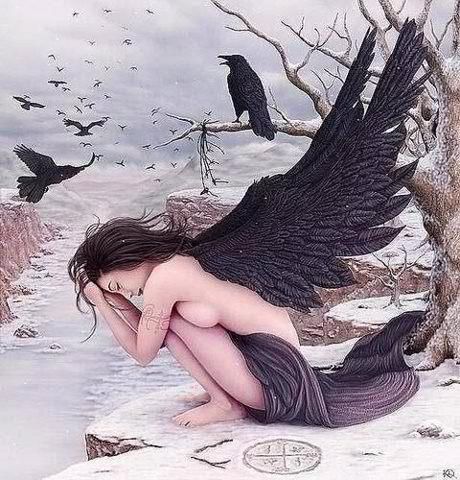
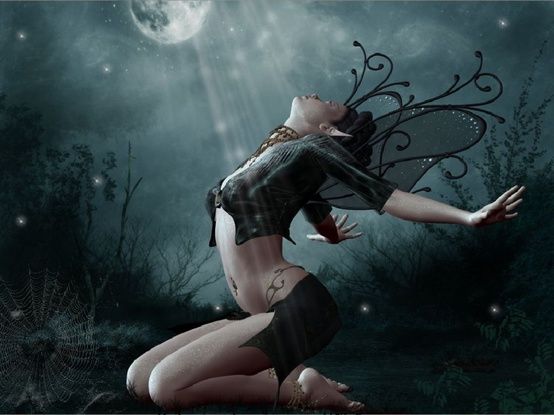



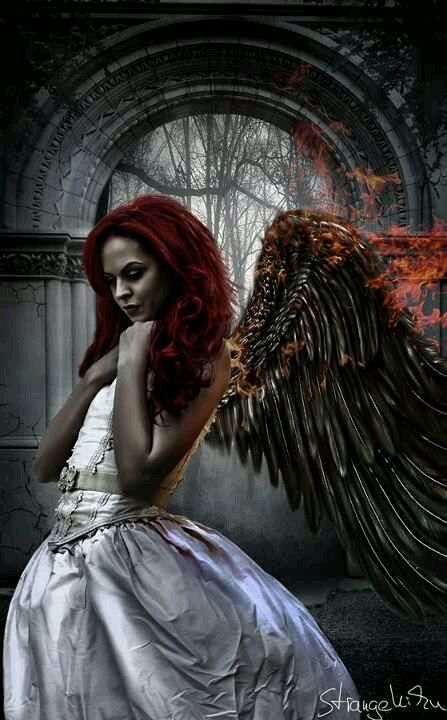
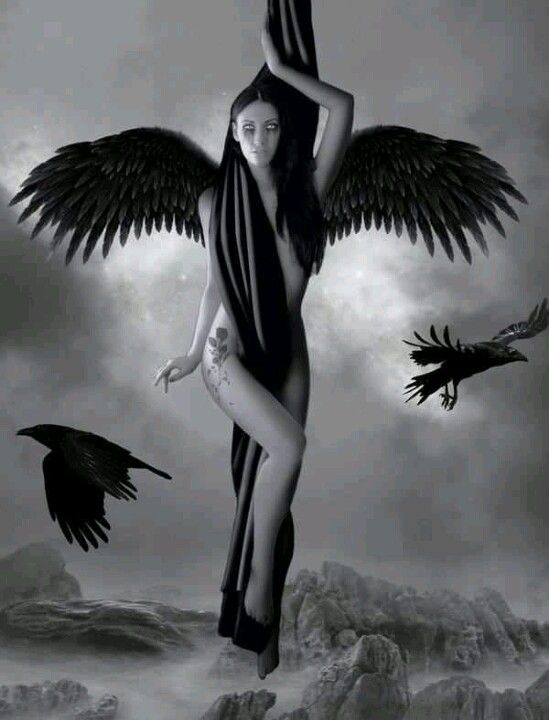
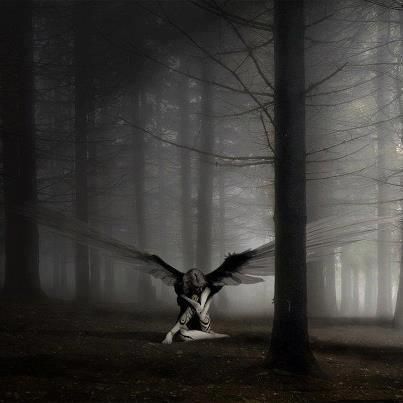
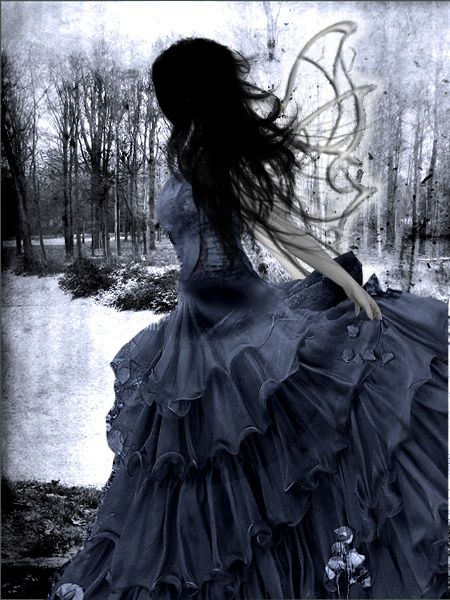
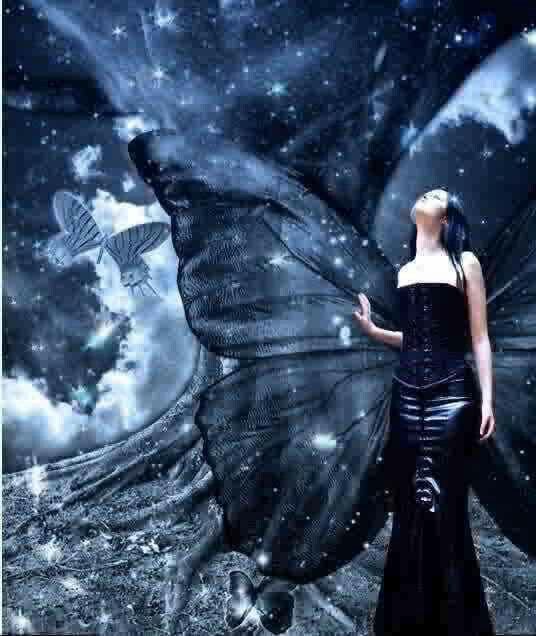
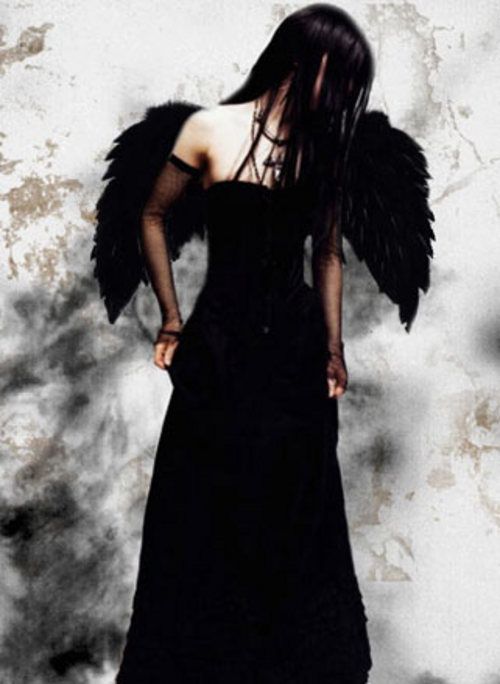
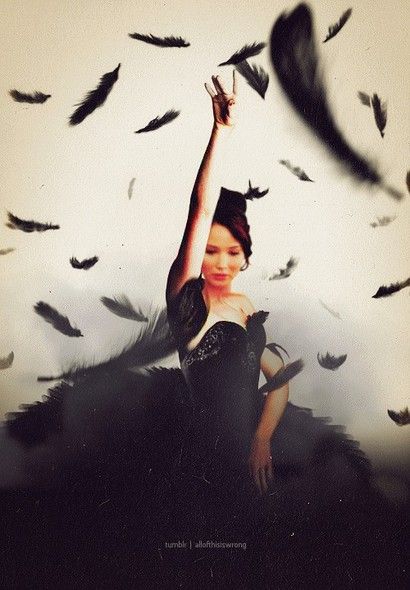

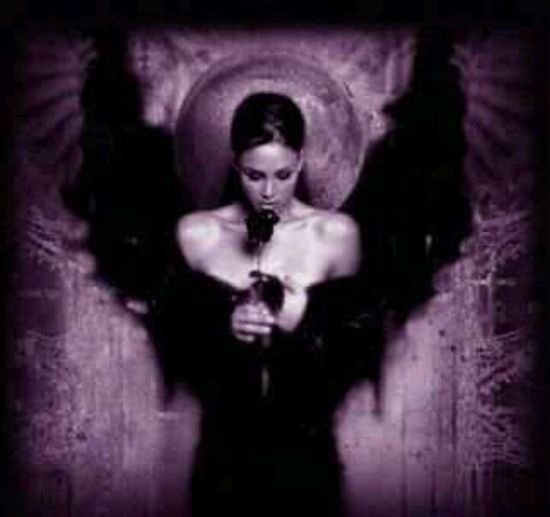
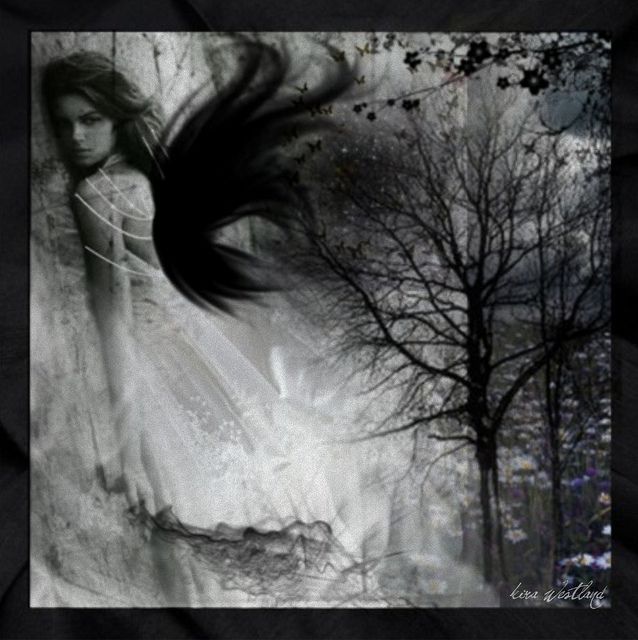
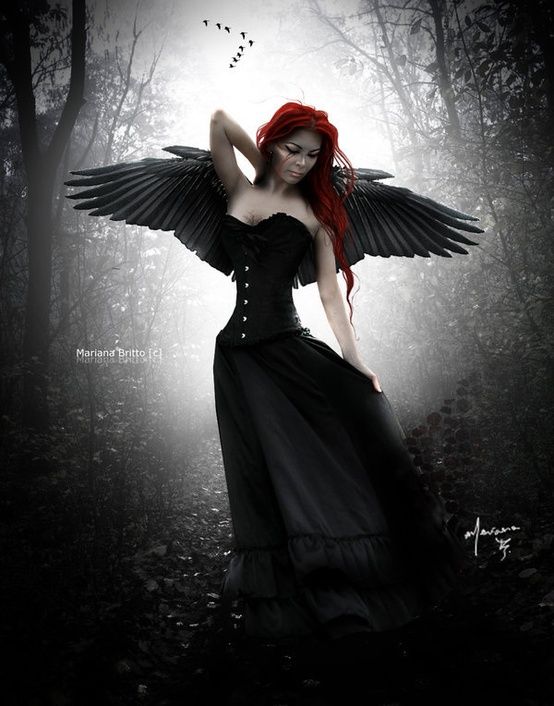


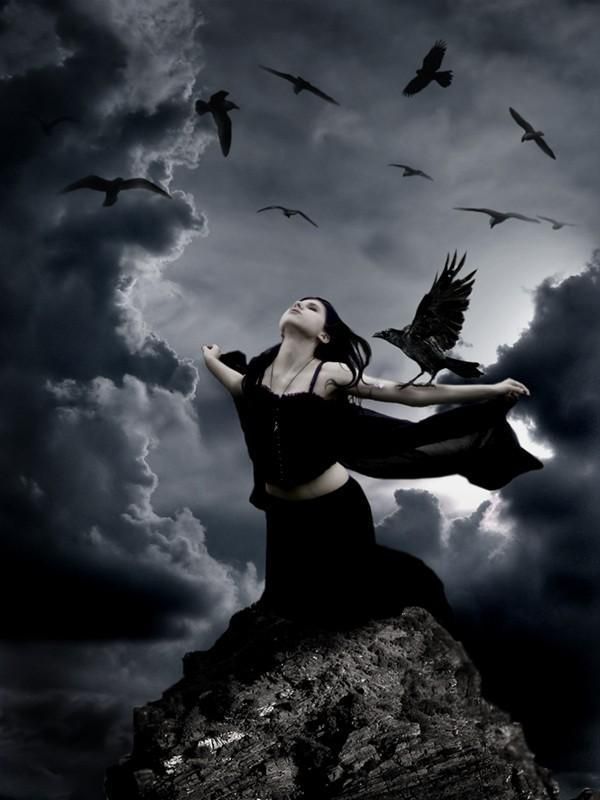

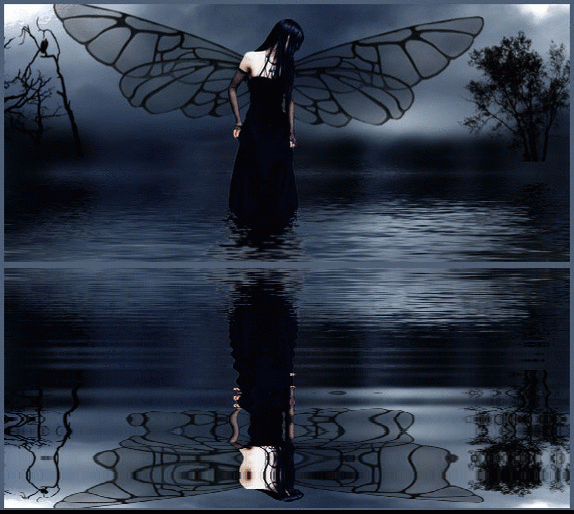
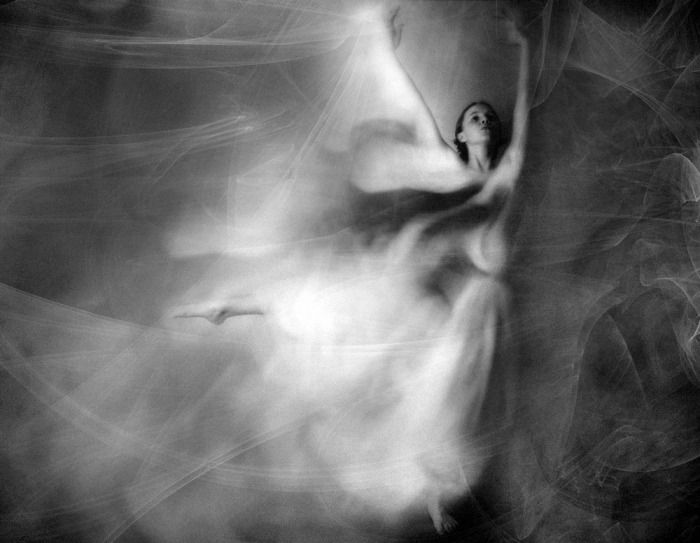
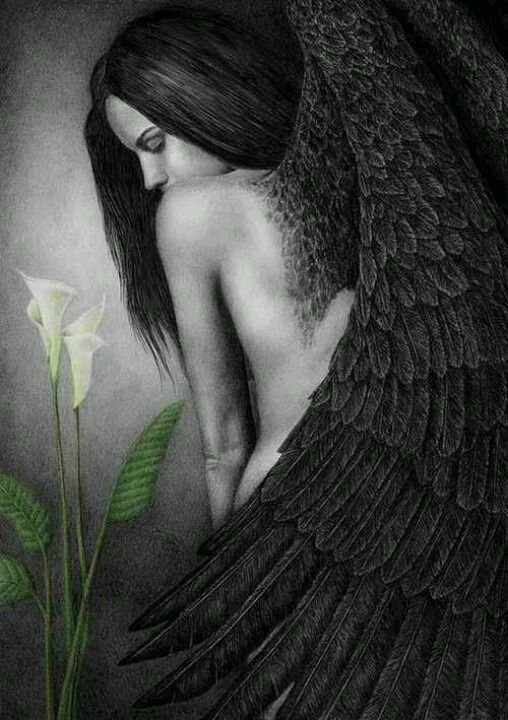
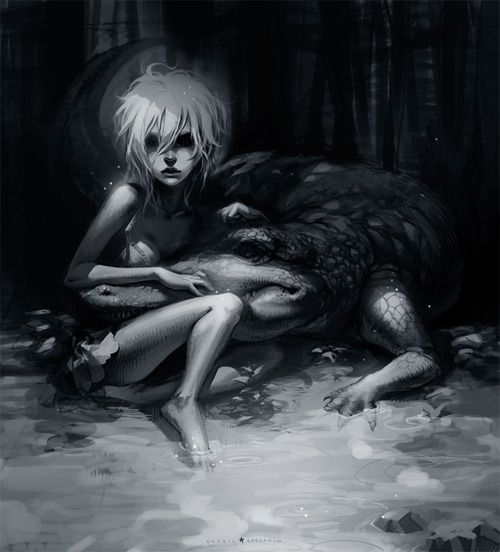
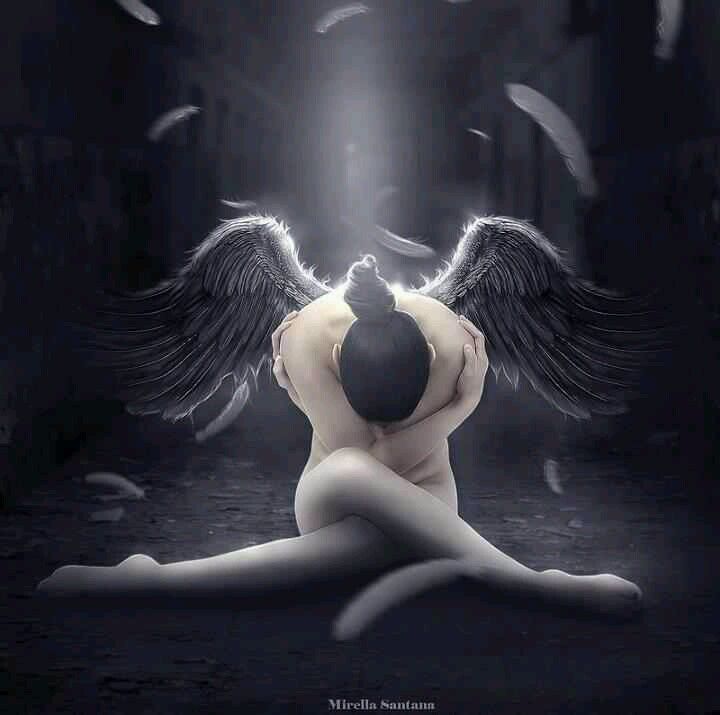
No comments:
Post a Comment